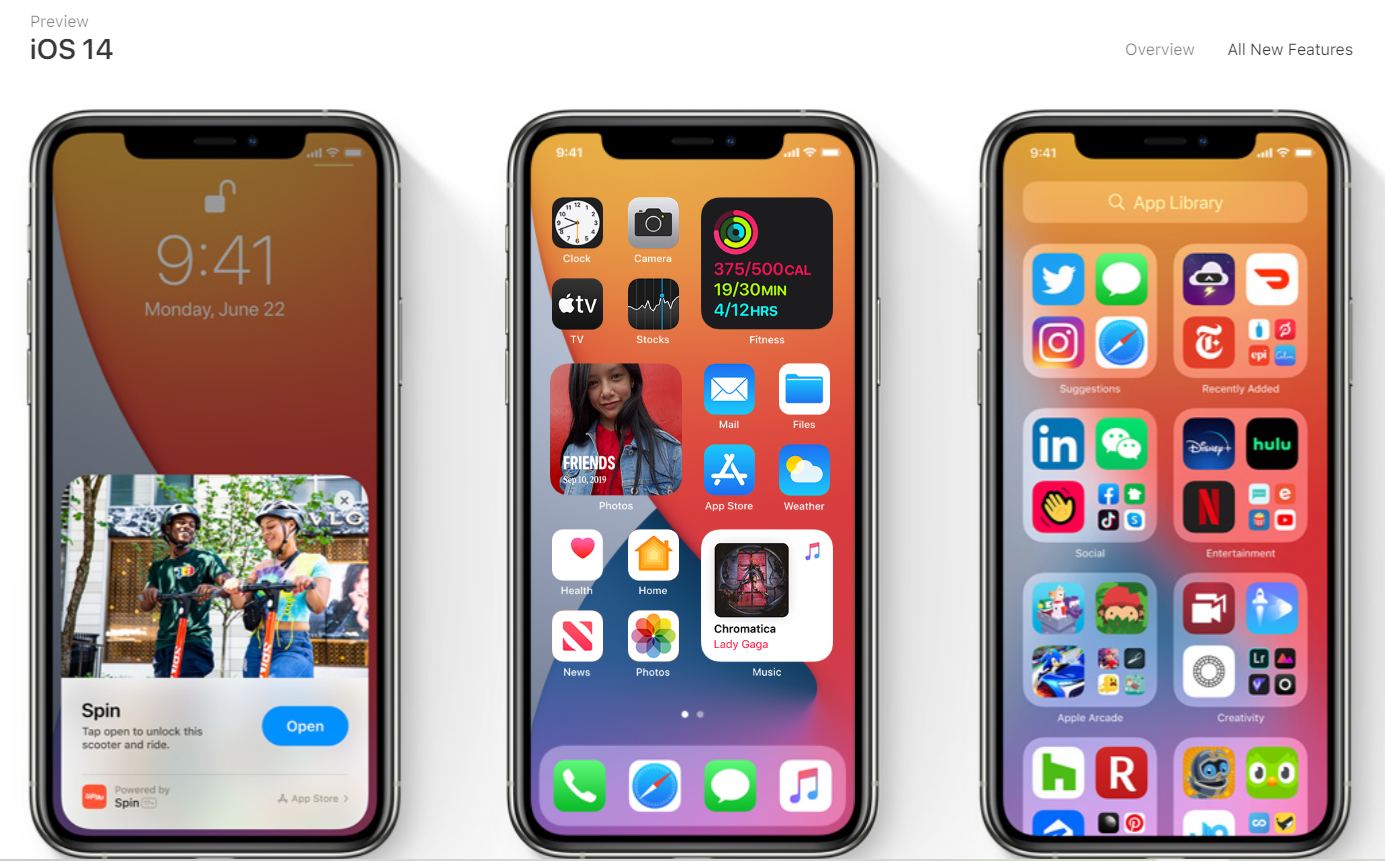What is IDFA (and is Apple Retiring It?)


As part of the iOS 14 update, Apple announced it is providing users with the choice to block the IDFA identifier at the app level. Among other changes, the update requires apps to ask users for permission to collect and share their data.
According to reports, Apple believes that privacy is a user right and is providing users with the opportunity to opt-out of any type of targeting or tracking across Apple’s entire product portfolio.
“Privacy is a fundamental human right and at the core of everything we do. That’s why with iOS 14, we’re giving you more control over the data you share and more transparency into how it’s used.”
— Apple, Inc.
In the following post, we cover everything advertisers need to know about the iOS 14 update including our expert recommendations.
Editor’s Note: This post was originally published in November 2020 and has been updated for freshness, accuracy, and comprehensiveness. As of 2022, iOS 14 is long gone and has been replaced by iOS 15 but it should be noted that iOS 14 was one of the most significant updates in terms of Apple user privacy. That is primarily what we will focus on in this article.
IDFA (Identifier for Advertisers) is a unique identifier for mobile devices and is used to target and measure the effectiveness of advertising on a user level across mobile devices. In simple terms, the purpose of an IDFA is to help advertisers track and identify a user’s journey without revealing their personal information. For example, an IDFA can be used to identify when a user interacts with a campaign, such as a mobile advertising campaign. The information can also help advertisers better understand which in-app events triggered the user to take action (such as clicking an advertisement).
IDFAs are important to advertisers because they offer an effective as well as accurate way to track iOS users. The single IDFA assigned to each device allows advertisers to track the users within a campaign and gain a better understanding of which ads impacted their behavior (to click on a campaign, download an app, or make a purchase). Another primary reason why IDFAs are important is because there is essentially no way to track cookies in apps. Until recently, this has been the preferred tracking method by Apple and Google since it was considered more secure than other data-sharing methods available at the time.
During their annual Developers Conference in 2020, Apple revealed various features of the iOS 14 operating system for iPhones and iPads, including large changes to privacy management that greatly impact how mobile is utilized for insights, targeting, and attribution.

Apple users can choose to block the sharing of this unique identifier at the App level. Previously, consumers had to opt-out. Now, when a user installs or updates the new iOS, a prompt will appear alerting the user to opt-in or opt-out of the sharing of this information.
About 70% of IOS users share their IDFA with app publishers, after this change it’s estimated that this number will drop to 10% to 15%.
This pop-up notification follows a similar approach to Apple’s iOS 13 update which informed users that an app was tracking their location and offered the choice to “always allow”, “limit its use”, or “deny access”. Additionally, iOS 14 users have access to a dashboard called “App Privacy” to see what permissions their apps have access to.
As of August 2022, iOS 15 has continued to build off of the iOS 13 and 14 features including new privacy controls in Siri, Mail, and provide users with even more control over their data.
Additional iOS 15 features include:
If you talk to most advertisers, they will tell you that with Apple’s release of iOS14.5 on April 26th, 2021, Apple essentially declared the end of IDFA.
The changes to Apple’s IDFA are not unexpected as Apple has taken the public and strategic stance that privacy is a user right. Apple has repeatedly taken steps across its product portfolio to give users the ability to opt-out of any type of targeting or tracking.
After all, Limited Ad Tracking (LAT) has been a feature on iOS devices for years, albeit buried in the settings of iOS. This new privacy prompt follows closely to the previous privacy initiatives Apple already put in place on its Safari browser, where it restricts third party cookies and limits the use of first-party cookies.
Most platforms (Facebook, Google, Snapchat, TikTok, DSPs, MMPs, etc.) will be using SkAdNetwork, and Apple Search Ads will have its own framework.
Apple’s SKAdNetwork enables privacy-safe to install attribution and measurement. This framework appends attribution parameters upon the ad click, so when the app is installed and opened for the first time it will send an install postback to the ad network including information such as campaign ID.
The changes with IDFA are likely to impact advertisers in the areas listed below:
Ad Targeting – Many targeting types (including retargeting to users based on device-level targeting) will no longer work for users that have opted out of sharing their IDFA. Platforms like Google and Facebook have other deterministic variables they can use to identify devices (email, phone number) but other programmatic platforms that don’t have such deterministic ID graph information are likely to see a reduction in targetable audiences.
Ad Measurement – Mobile Measurement Partners (MMPs) built their measurement and fraud capabilities around the IDFA identifier. While Apple has announced a replacement API (SKAdNetwork) that will allow for conversion data to be passed back at the campaign level, we’re still going to see a reduction in the fidelity of data that MMPs have to identify fraud and performance across mobile campaigns.
For people who choose to opt-out, it doesn’t mean they will no longer see ads, it just means the ads they see will just not be personalized to them and potentially irrelevant.
“The advertising industry will rally together and develop new, alternative methods for delivering targeted advertising. We will see a wave of new measurement solutions and identifiers emerge in a collective effort to set new privacy-compliant industry standards.”
— Kolin Kleveno, SVP of Addressable Audiences at Tinuiti
If you have a mobile app, you’ll need to update your measurement SDK to the latest version to ensure proper tracking on iOS devices.
“First-party data is king. Our advice to all advertisers is to create a usable identity graph of customers and prospects with an email address and/or phone numbers as your primary key to ensure your organization can continue to market on a 1 to 1 level across ad products”
— Nii Ahene, Chief Strategy Officer at Tinuiti
As with all of Apple’s updates, brands should always take a proactive approach to managing their ad targeting and measurement, an impact that is expected to go far beyond just mobile campaigns.
Want to learn more? Check out “The Future of the Web” to find out everything you need to know about the new restrictions, cookies, IDFA, first-party data, and all things privacy from our Tinuiti experts.
